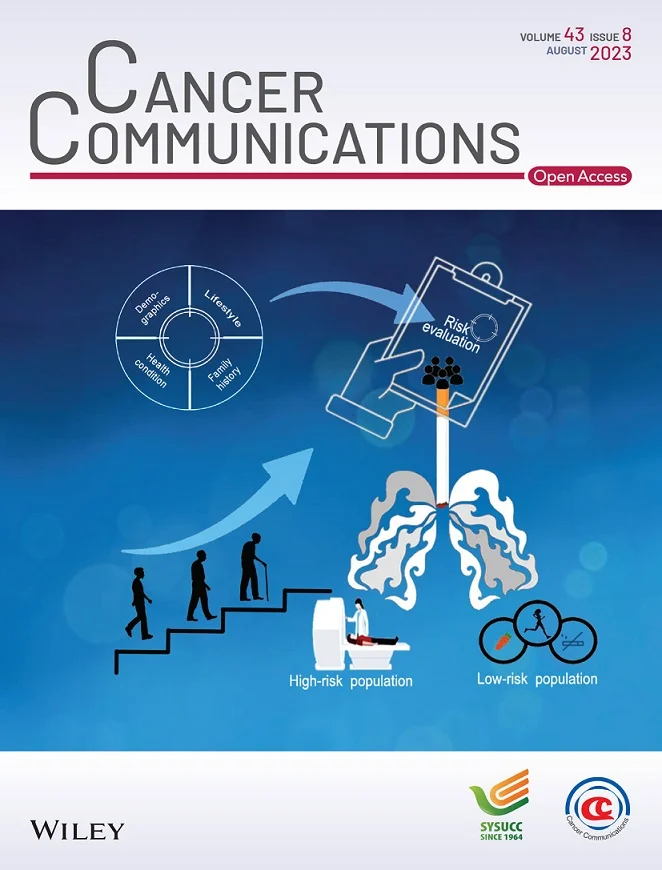A prospective, phase II, neoadjuvant study based on chemotherapy sensitivity in HR+/HER2- breast cancer-FINEST study
Abstract
Background
Hormone receptor-positive (HR+)/humaal growth factor receptor 2-negative (HER2-) breast cancer, the most common breast cancer type, has variable prognosis and high recurrence risk. Neoadjuvant therapy is recommended for median-high risk HR+/HER2- patients. This phase II, single-arm, prospective study aimed to explore appropriate neoadjuvant treatment strategies for HR+/HER2- breast cancer patients.
Methods
Eligible female patients with newly diagnosed, untreated HR+/HER2- breast cancer received 2 cycles of nab-paclitaxel and carboplatin (nabPCb). Magnetic resonance imaging (MRI) was performed to assess tumor responses, and 40% regression of the maximal tumor diameter was deemed chemo-sensitive. Chemo-sensitive patients continued nabPCb for 4 more cycles (group A). Chemo-insensitive patients were randomized to groups B, C, and D at a ratio of 1:3:1 to receive a new chemotherapy for 4 cycles or endocrine-immune-based therapy (dalpiciclib, letrozole and adebrelimab, with goserelin if patients were premenopausal) for 4 cycles or to undergo surgery. Peripheral blood and core-needle biopsy (CNB) samples were collected before treatment, followed by a next-generation sequencing (NGS) panel detection and similarity network fusion (SNF) typing through digital pathology data. The primary endpoint was the pathological complete response (pCR) rate, and the secondary endpoint was the clinical objective response rate (ORR).
Results
A total of 121 patients were enrolled (67.8% with stage III disease), with 76, 9, 27, and 9 patients in groups A, B, C and D, respectively. The total pCR rate was 4.1%, and all patients who received pCR were in group A. Group C had a better ORR than Group B (81.5% vs. 66.7%). Exploratory analysis revealed that patients with the SNF4 subtype were the most sensitive to nabPCb (pCR rate of 21.1% vs. 1.8% in group A), whereas patients in group C with the SNF2 subtype were more sensitive to endocrine-immune-based therapy (Miller-Payne grade 4-5, 45.5% vs. 6.3%).
Conclusions
Converting to endocrine-immune-based therapy improved the ORR, but not the pCR rate in chemo-insensitive patients. Neoadjuvant chemotherapy and endocrine therapy are not mutually exclusive. The SNF4 subtype of HR+/HER2- breast cancer was more chemo-sensitive, whereas the SNF2 subtype might be more sensitive to immunotherapy.


 求助内容:
求助内容: 应助结果提醒方式:
应助结果提醒方式:


